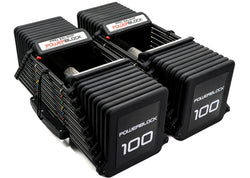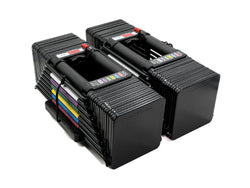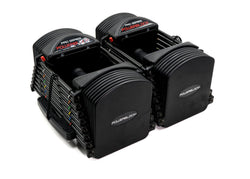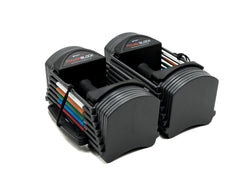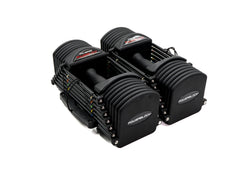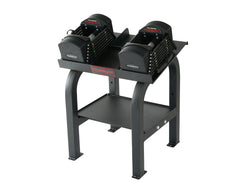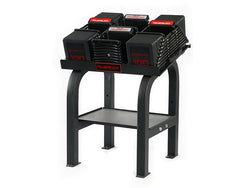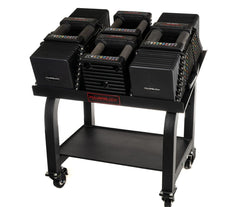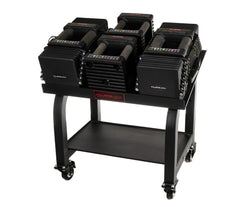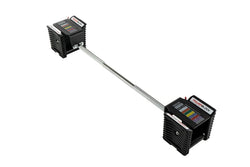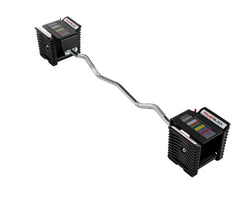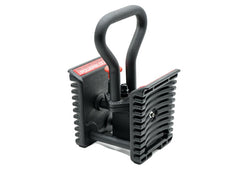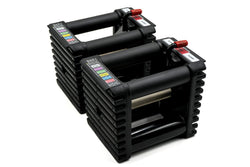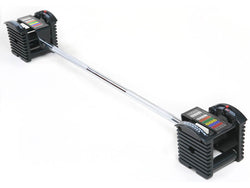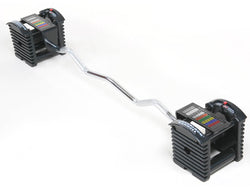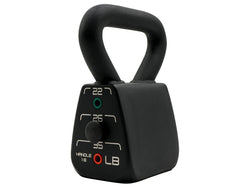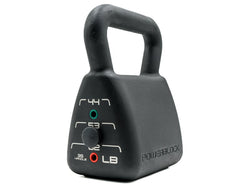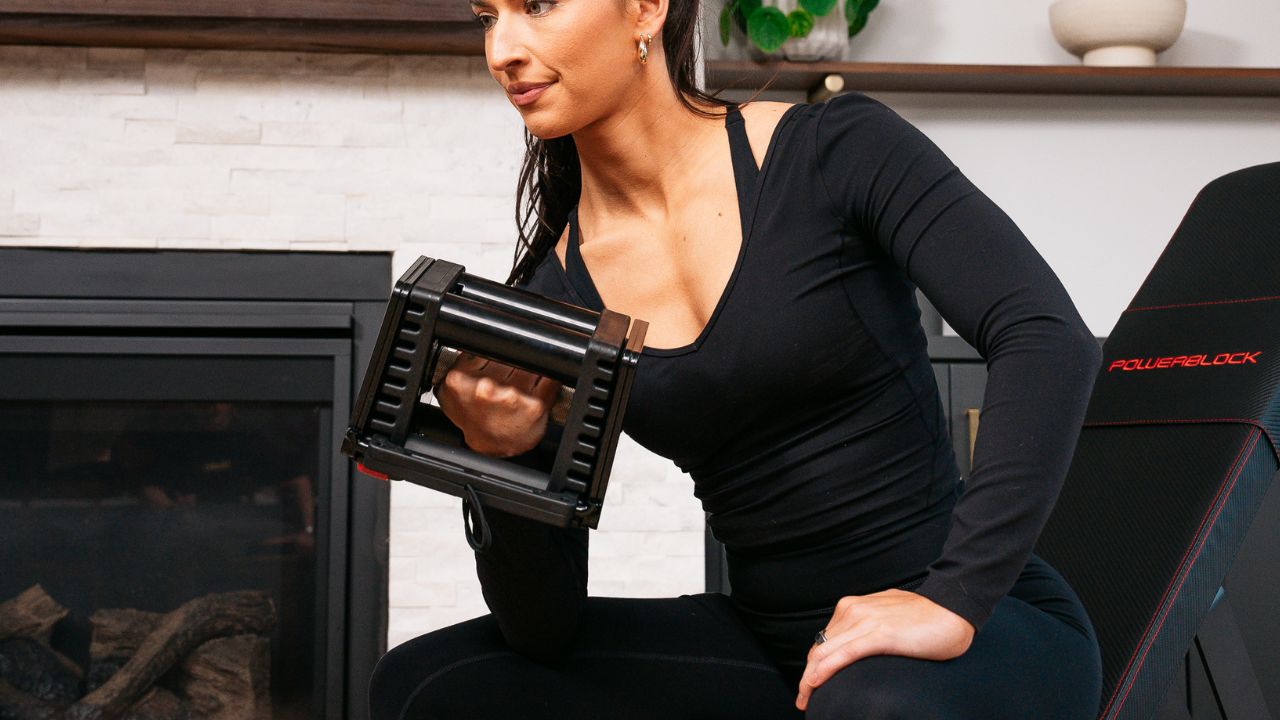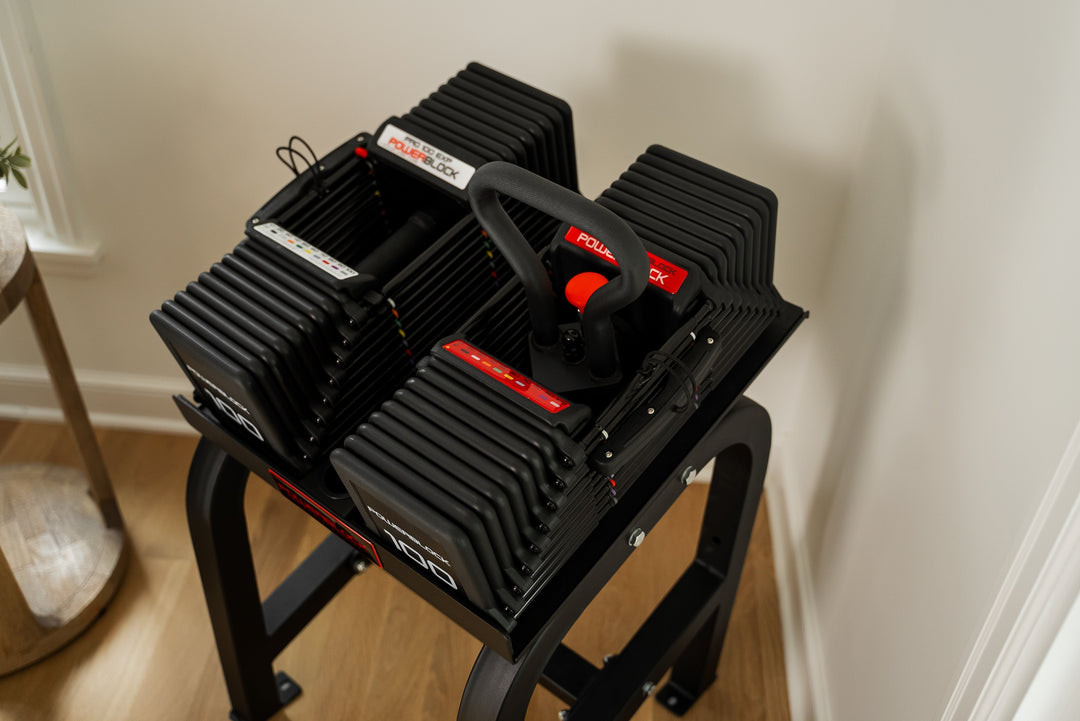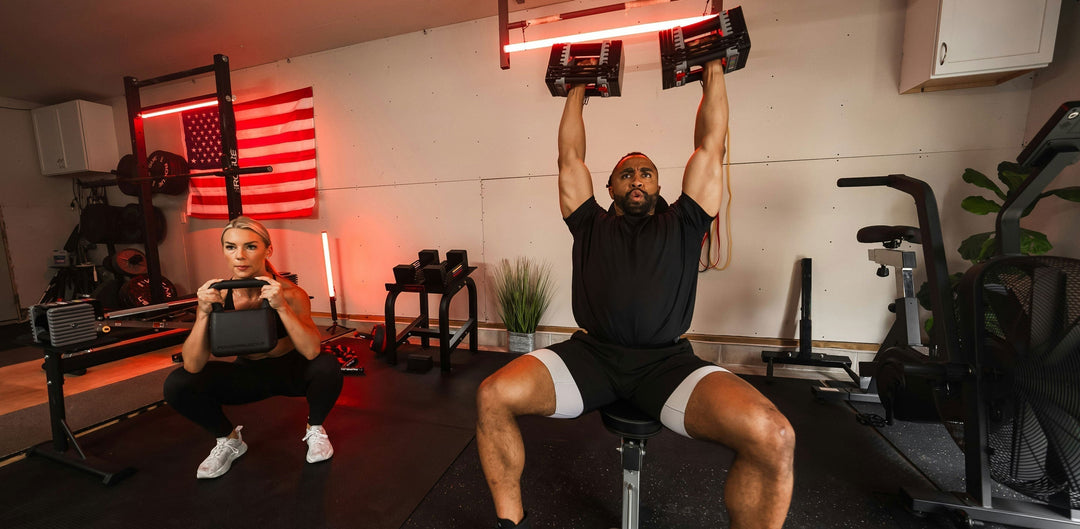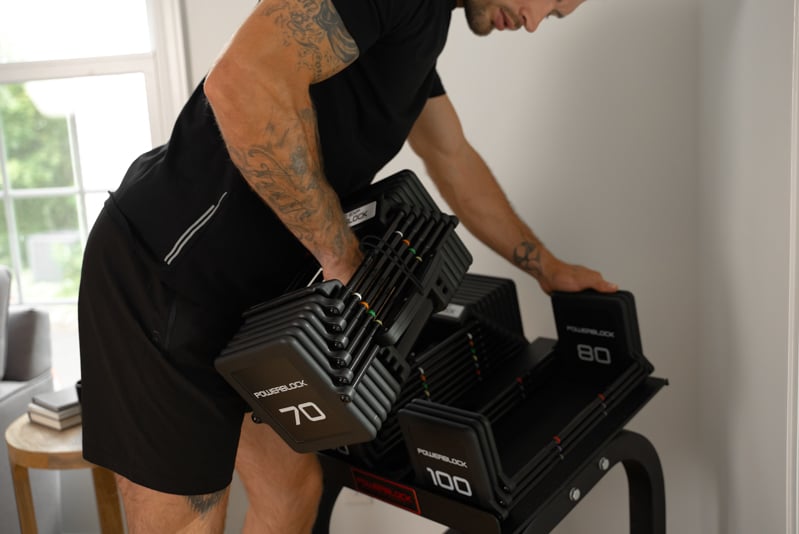Although there are dozens of great dumbbell workouts to achieve your fitness goals, some have risen above the rest. The experts at PowerBlock have selected nine exercises that will form the foundation for a comprehensive full-body dumbbell workout.
The Whole Body Approach
When it comes to training, taking a full-body approach is what will help you achieve your goals. With an assortment of different splits, you can do, like a Push Pull Leg split or a Bro Split, for example, keeping the tried and true movements programmed in your workouts will help you see results.

Portions of Our Body
When approaching training, divide the body into four parts: pushing muscles, pulling muscles, legs, and accessories. This isn’t to say you need to be training 4 or more days per week; this is just so that you can understand the body and build your workout split the way you want to.
Pushing Muscles
Your Pushing Muscles are mostly on the front of your body. Your chest is the primary muscle for this group. They are categorized this way because they help move objects away from the body.

Pulling Muscles
Your Pulling Muscles are primarily on the back of your body. The various muscles in the back are the primary muscles for this group. They are categorized this way because they help move objects toward the body.

Leg Muscles
Your legs have 3 major groups of muscles: the quads, the glutes, and the hamstrings.
The Quads
The quads are on the front part of your thigh. Similar to the chest, its primary role is to push objects away from the body using both the hips and the knees. With that, however, the quad's primary role is to extend or straighten the knee.

The Glutes
The glutes are on the upper portion of the back of your legs. Similar to the chest and quads, the glutes help with pushing objects away from the body. More specifically, though, your glutes' primary role is to extend the hips, so that your body is in alignment as if you were standing.

The Hamstrings
The hamstrings are on the back of your legs, just under the glutes. Similar to the back, the hamstrings help with pulling objects to the body by bending the knee. The hamstrings also help the glutes extend the body upright in movements like deadlifts.

Accessories
Accessories are categorized as such because they aid the function of our larger muscle groups. The accessory muscles are the biceps, triceps, shoulders, and calves.
Biceps
The biceps are located on the front of the upper arm. Its primary role is to bend the elbow. It aids the back in pulling movements by stabilizing the arm. The biceps can be worked independently to help stabilize heavier weights when training the back.

Triceps
The triceps are located on the back portion of the upper arm. Its primary role is to straighten the elbow. It aids the chest in pushing movements by stabilizing the arm. Like the biceps, the triceps can be worked independently to help stabilize heavier weights when training the back.

Shoulders
The shoulders are on the top part of the upper arm, where we have our shoulder joint. The shoulders help with both pushing and pulling movements by stabilizing the shoulder. Similar to the biceps and triceps, they can be worked independently to help stabilize heavier weights when training both the back and chest.
The Exercises
Now that we’ve broken down the main muscle groups, it’s time to go over the best movements in each for building muscle, whether you’re a beginner or a seasoned lifter.
Upper Body
Dumbbell Flat Bench Press
Great for building size and strength in the chest, the dumbbell flat bench press not only gives you a deeper range of motion but also helps with building strength within the shoulders for better stabilization.
-
Get in position: Lie down on a flat bench with a dumbbell in each hand. Hold the dumbbells at your chest with your palms facing your feet and your elbows bent.
-
Press the weights up: Push the dumbbells up toward the ceiling until your arms are straight. Keep your feet flat on the floor and your back flat on the bench.
-
Lower the weights slowly: Bring the dumbbells back down to your chest with control. Then repeat!

Dumbbell Bent Over Row
For the back, you cannot sleep on the dumbbell bent over a row. The range of motion for this movement activates the entire back helping you grow a wide, strong back.
-
Get into position: Stand with your feet shoulder-width apart. Hold a dumbbell in each hand. Bend your knees a little and lean forward at your hips, keeping your back straight. Let the dumbbells hang in front of you with your arms straight.
-
Pull the weights up: Pull the dumbbells up toward your sides. Squeeze your shoulder blades together as you lift. Keep your elbows close to your body.
-
Lower the weights slowly: Lower the dumbbells back down with control. Keep your back flat and repeat.

Lower Body
Dumbbell or Kettlebell Goblet Squat
Moving to our first lower body movement, the goblet squat is a quad-dominant movement that will torch your legs. Done with either a dumbbell or kettlebell, adding this movement into your routine will help you gain size and strength in your quads.
-
Hold the weight: Hold one dumbbell or kettlebell close to your chest with both hands. Stand with your feet a little wider than your shoulders and your toes pointing slightly out.
-
Squat down: Bend your knees and push your hips back like you’re sitting in a chair. Keep your chest up and your back straight. Go as low as you can while keeping good form.
-
Stand back up: Push through your heels to stand up tall. Keep holding the weight at your chest and repeat.

Dumbbell Hip Thrusts
With our glutes being a powerful muscle, it’s important to choose a powerful movement to train them. This is where the hip thrust comes in. Adding this into your programming will help strengthen your glutes, getting you stronger in both squats and deadlifts.
-
Get set up: Sit on the ground with your upper back resting against a bench. Bend your knees and place your feet flat on the floor. Hold a dumbbell on your hips with both hands.
-
Lift your hips: Push through your heels and raise your hips up until your body forms a straight line from your shoulders to your knees. Squeeze your glutes (butt muscles) at the top.
-
Lower with control: Lower your hips back down slowly. Keep the dumbbell steady and repeat.

Dumbbell Stiff-Legged Deadlift
The stiff-legged deadlift is a power move for our hamstrings. It also helps with improving balance and posture.
-
Stand and hold the weights: Hold a dumbbell in each hand in front of your legs. Stand with your feet hip-width apart and keep a slight bend in your knees.
-
Lower the weights: Bend at your hips and lower the dumbbells toward the ground. Keep your back straight and let the weights stay close to your legs.
-
Return to standing: Push through your heels and lift your chest to stand back up. Squeeze your glutes at the top and repeat.

Accessories
Dumbbell Bicep Curls
Moving on to the accessory movements, we start with Bicep curls. A classic, no-nonsense movement that is in everyone’s programming. The bicep curl will help you increase the size and strength of your biceps, making you stronger in your back day over time.
-
Stand tall and hold the weights: Hold a dumbbell in each hand with your arms at your sides and palms facing forward.
-
Curl the weights up: Bend your elbows and lift the dumbbells toward your shoulders. Keep your elbows close to your body.
-
Lower the weights slowly: Bring the dumbbells back down with control. Then repeat.


Dumbbell Overhead Triceps Extension
The overhead triceps extension is a great movement to gain strength and size. Just like the biceps curl, this no-nonsense exercise will help in bench pressing helping you build a bigger stronger chest.
-
Hold the weight overhead: Grab one dumbbell with both hands and lift it above your head. Keep your arms straight and elbows close to your ears.
-
Lower the weight behind your head: Bend your elbows to slowly lower the dumbbell behind your head. Keep your upper arms still.
-
Raise the weight back up: Straighten your arms to lift the dumbbell back over your head. Then repeat.

Dumbbell Lateral Raise
With the front and back portion of our shoulders being worked when we bench and perform rows, we need something that will work the side portion of our shoulders. The dumbbell side lateral raise does this perfectly.
-
Stand tall and hold the weights: Hold a dumbbell in each hand at your sides with your palms facing your body. Stand with a slight bend in your elbows.
-
Lift the weights out to the sides: Raise the dumbbells out to shoulder height, like you're spreading your wings. Keep your arms slightly bent and don’t shrug your shoulders.
-
Lower the weights slowly: Bring the dumbbells back down with control. Then repeat.

Program these movements into your workouts to see the results you’re looking for. Performing 2-3 sets of 8-12 reps for each of these movements will help you grow muscle and get stronger.
Do you want to see these moves in action? Head to our YouTube Channel PowerBlock Fitness, where our elite trainers have put together workouts you can do with your PowerBlock Equipment.
